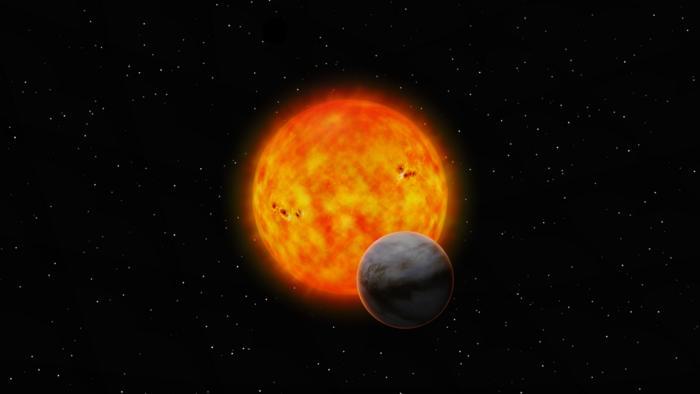“The detected CO2 signal from the first study is tiny, and so it required careful statistical analysis to ensure that it is real,” said Dr. Kazumasa Ohno.
Can exoplanets have metal-rich atmospheres? This is what a recent study published in The Astrophysical Journal Letters hopes to address as a team of international researchers investigated a new type of exoplanet that continues to display differences from planets within our own solar system. This study has the potential to help researchers use new methods for characterizing exoplanets while gaining greater insight into planetary formation and evolution throughout the universe.
For the study, which was led by Dr. Everett Schlawin from the University of Arizona, the researchers used data obtained from NASA’s Hubble Space Telescope (HST) and James Webb Space Telescope (JWST) to analyze the atmosphere of GJ 1,214 b, which was discovered in 2009, located approximately 48 light-years from Earth, and has long been hypothesized to be a Neptune-like exoplanet. However, this recent data reveals the atmosphere of GJ 1,214 b contains a metal-rich atmosphere, also known as high metallicity, along with high amounts of hazes, indicating a high carbon dioxide (CO2) content. This suggests that instead of a Neptune-like exoplanet, that GJ 1,214 b is more of a super-Venus exoplanet, which is astounding since its orbital period is only 1.6 days, whereas the orbital period of Venus is 225 days.
